Taproot: Birmingham’s Brainspotting Pioneers

Are you struggling with complex PTSD, dissociative disorders, or treatment-resistant trauma? Brainspotting therapy at Taproot in Vestavia Hills, Alabama offers a powerful, brain-based path to healing. Our therapists are the most highly trained brainspotting practitioners in the Birmingham area, offering an integrative approach that combines brainspotting with parts work, somatic therapy, and experiential techniques for deep, transformative healing.
At Taproot Therapy, we were the first to bring brainspotting to the Birmingham area. Our therapists have completed Phase 2 brainspotting trainings, an advanced level of education that sets us apart. We are passionate about offering this revolutionary treatment to our community.
Our expertise lies in using brainspotting to treat complex PTSD, dissociative disorders, and attachment trauma. We frequently work with clients who have tried other therapies without success, providing hope and a fresh path to healing. By integrating brainspotting with parts work, somatic experiencing, and experiential approaches, we offer a uniquely powerful and comprehensive treatment model.
How Brainspotting Works in the Brain
Brainspotting is based on the premise that “where you look affects how you feel.” During a brainspotting session, the therapist guides the client to focus on a specific eye position, known as a brainspot, while simultaneously processing a traumatic memory or disturbing emotion.
This process helps to access and release trauma that is held in the deeper, non-verbal regions of the brain, such as the limbic system and brainstem. By bypassing the conscious, neocortical thinking brain, brainspotting allows the brain to process and release traumatic experiences in a gentle yet powerful way.
The Neuroscience of Brainspotting
Brainspotting is grounded in the latest research on neuroscience and trauma. Studies have shown that traumatic experiences can become trapped in the body and lower regions of the brain, leading to chronic hyperarousal, dissociation, and other distressing symptoms.
During a brainspotting session, the focused eye position appears to stimulate the brain’s innate self-scanning and self-healing capacities. This allows the brain to process traumatic material in a way that doesn’t retraumatize or overwhelm the client.
Research has shown that brainspotting can lead to significant reductions in trauma symptoms, as well as increased emotional regulation and resilience. By releasing trauma at a deep, neurological level, brainspotting helps the brain to reorganize itself and restore a sense of safety and wholeness.
The Taproot Approach: Brainspotting, IFS, and Somatic Experiencing
At Taproot, we believe that trauma healing must engage the whole person – mind, body and spirit. That’s why we integrate brainspotting with other proven therapies for a truly holistic approach.
Brainspotting + Internal Family Systems (IFS)
We often fuse brainspotting with Internal Family Systems therapy, a powerful model for working with the different “parts” of the psyche. By using brainspotting to access and heal wounded parts, we help clients release burdens, integrate split-off aspects of themselves, and tap into their innate wisdom and wholeness.
Brainspotting + Somatic Experiencing
Trauma is held not just in the brain, but in the body. That’s why we incorporate principles of Somatic Experiencing into our brainspotting work. By gently guiding clients to notice and release traumatic activation held in the body, we allow the nervous system to unwind and regain its natural equilibrium.
Experiential and Embodiment Focused
Our brainspotting sessions are experiential, creative, and embodied. We may invite movement, imagery, music, or art into the process to deepen the healing experience. By engaging the whole brain and body in the process, we help clients access their own inner healing wisdom.
Experience the Taproot Difference
If you’re ready to break free from trauma and reclaim your wholeness, we invite you to experience the powerful, integrated brainspotting therapy offered only at Taproot. Our highly trained therapists are ready to support you on your healing journey. Contact us today to learn more and schedule a session. Healing is possible – and it can start here.
Further Reading: Deepen Your Understanding of Brainspotting, Trauma and Healing
If you’d like to learn more about trauma, PTSD, dissociation, and cutting-edge therapies like brainspotting, check out these recommended books:
- The Body Keeps the Score by Bessel van der Kolk, MD This groundbreaking book explores the neuroscience of trauma and introduces body-based therapies for healing. A must-read for anyone interested in trauma recovery.
- Brainspotting: The Revolutionary New Therapy for Rapid and Effective Change by David Grand, PhD
Written by the creator of brainspotting, this book offers an in-depth look at the therapy’s development, principles and diverse applications. Includes powerful case studies. - Internal Family Systems Therapy by Richard Schwartz, PhD An introduction to the Internal Family Systems (IFS) model, which understands the mind as a system of “parts.” Offers a compassionate, non-pathologizing approach to healing trauma and emotional pain.
- Waking the Tiger: Healing Trauma by Peter Levine, PhD Levine, the creator of Somatic Experiencing, explains how trauma gets trapped in the body and offers body-based techniques for release. Highly readable and helpful for survivors.
- The Haunted Self: Structural Dissociation and the Treatment of Chronic Traumatization by Onno van der Hart, Ellert Nijenhuis, and Kathy Steele An in-depth look at the theory of structural dissociation and its treatment. While written for clinicians, many survivors find it useful for understanding their own experiences.
- Trauma and Recovery by Judith Herman, MD A classic text that revolutionized the understanding of trauma. Herman explores the impact of trauma on the mind and body, and outlines stages of recovery.
- Coping with Trauma-Related Dissociation by Suzette Boon, Kathy Steele, and Onno van der Hart A practical guide for survivors of complex trauma and dissociation. Offers self-help strategies and exercises for coping with dissociative symptoms.
- Healing Developmental Trauma by Laurence Heller, PhD and Aline LaPierre, PsyD Introduces the NeuroAffective Relational Model (NARM), a cutting-edge approach for healing attachment, relational and developmental trauma. Integrates somatic and psychodynamic techniques.

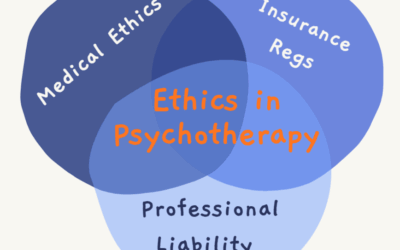
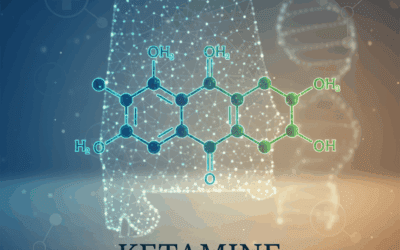








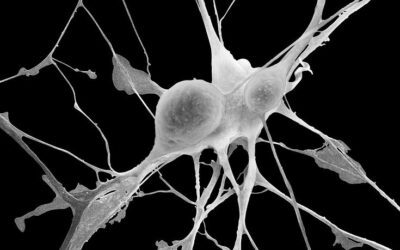







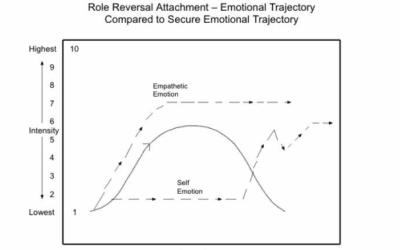



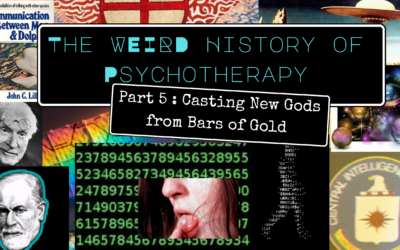

0 Comments